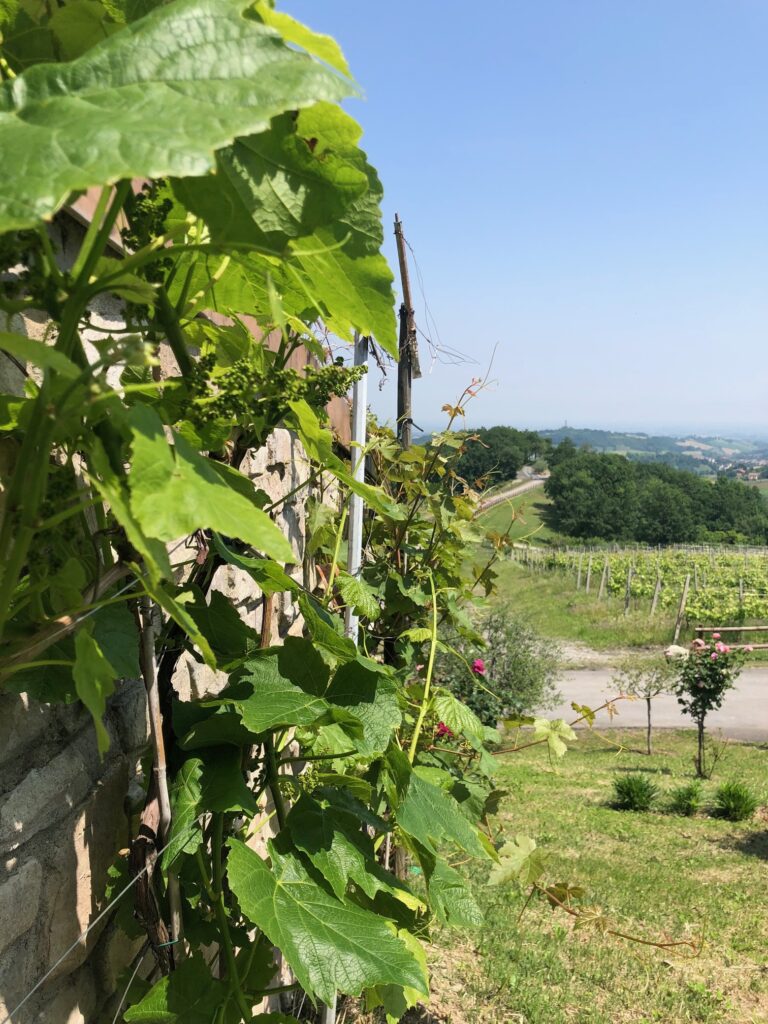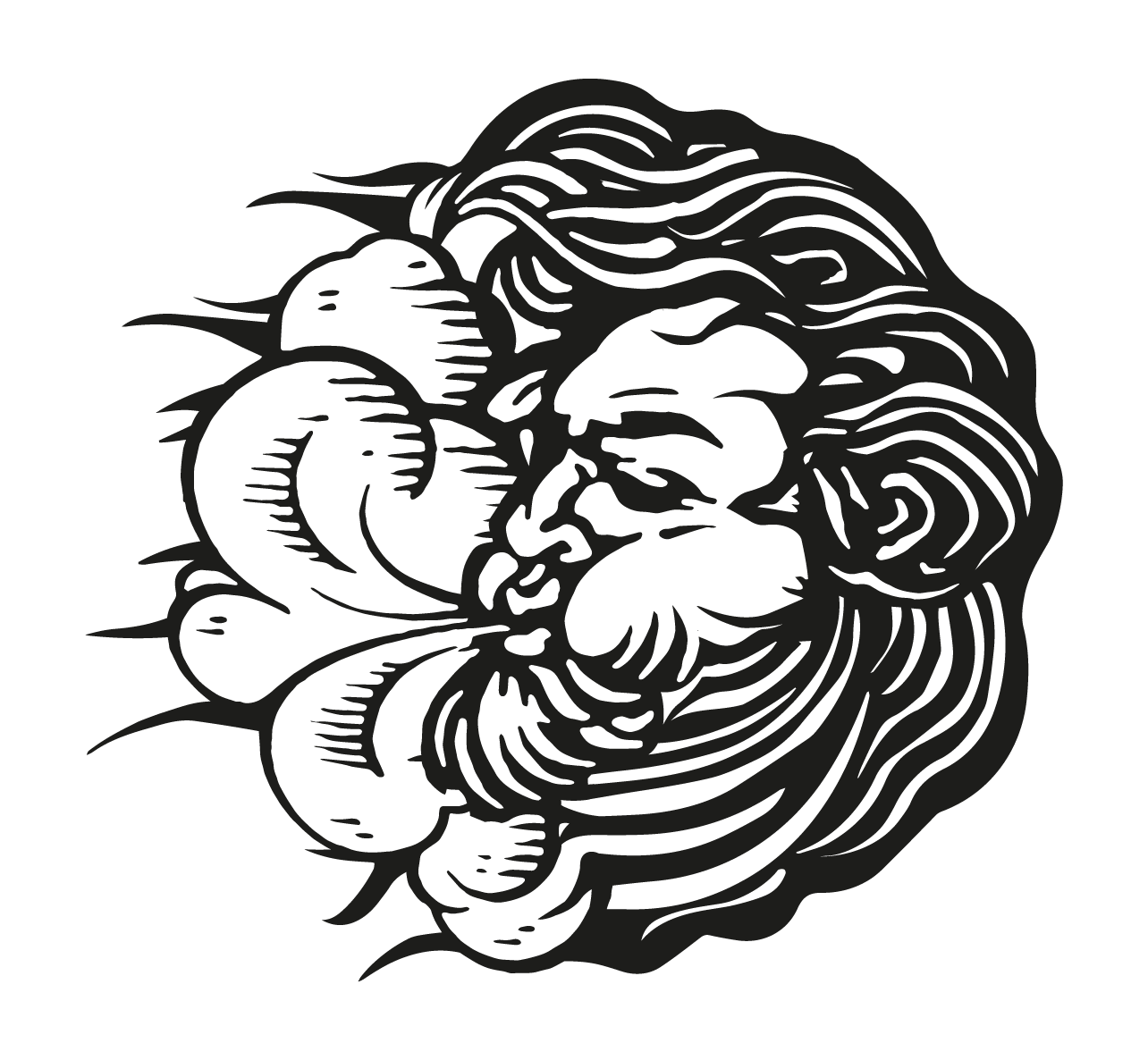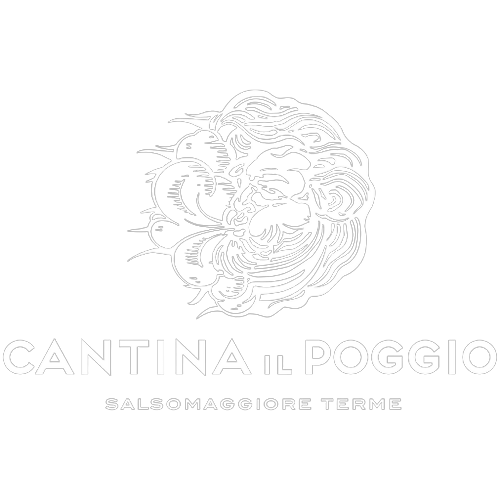Indigenous Yeasts and Selected Yeasts: Debunking Some Myths
Indigenous Yeasts and Selected Yeasts: Debunking Some Myths
In the world of wine, it is wrongly believed that indigenous yeasts are better than selected yeasts. But is that really the case?
To write this article, I will rely on an interview (in italian) with a great master, Luigi Moio, author of “Il respiro del vino ” (translated in italian “The Breath of Wine”) and current President of the International Organization of Vine and Wine, as well as a professor of enology at the University of Federico II.
The topic of yeasts is certainly impossible to address comprehensively in a single article, but here at Cantina Il Poggio we are committed to introducing people to the world of wine in the easiest way possible.
In this article, we focus on what yeasts are, what their main function is, and what the main differences are between indigenous yeasts and selected yeasts.
First myth to debunk: a wine made with indigenous yeasts is neither synonymous with higher quality nor that the product is better than others made with selected yeasts.
Yeasts (scientifically known as Saccharomyces cerevisiae) are unicellular organisms that are invisible to the naked eye.
Their function during alcoholic fermentation is to convert the natural sugars present in grapes (fructose and glucose) into alcohol and carbon dioxide, influencing the quality and character of wines.
They are naturally widespread in the environment and attach themselves to the surface of the grape berries thanks to the action of wind, but mostly due to insects such as bees.
In winemaking, two main types of yeasts are distinguished: indigenous yeasts and selected yeasts. These yeasts differ from each other in their characteristics, functions, uses, and sensory impacts on wine.

Indigenous Yeasts
Indigenous yeasts are naturally present in the juice and can be found both in the vineyard and in the winery, which is why they reflect the pedoclimatic characteristics of a specific terroir.
These ones induce spontaneous fermentation, meaning without the addition of selected yeasts. This carries risks: acetic smells can develop, fermentation cannot be controlled, and sometimes it can slow down or even stop completely, making it almost impossible to restart.
Imagine the entire year’s work of the winemaker and the high risk of compromising an entire harvest. Today, with new technologies, it is possible to avoid ruining a year’s work without damaging the final product in any way. But the story begins long before the era of techniques: in the late 1800s, Mr. Muller-Thurgau first spoke of selected yeasts.
Selected Yeasts
Selected yeasts are 100% natural yeasts that are specifically chosen and isolated to perform certain enological activities without compromising the quality of the wine, and sometimes even improving it. These yeasts have been selected for their specific characteristics, such as alcohol tolerance, the ability to produce certain aromas, how quickly they consume sugars, or their ability to adapt to different fermentation conditions.
Selected yeasts are dried before being sold and are available in different variants, each with a unique aromatic profile, contributing to the different nuances of the wine. That said, this doesn’t mean that wines of a certain grape variety all develop the same properties and organoleptic characteristics. It has been observed that the same type of selected yeasts working on two different juices releases unique notes and nuances.
The main advantage of using selected yeasts is the control they offer in the fermentation process. They are stable and quite predictable, allowing winemakers to achieve repeatable results and better manage the winemaking process.
Things to Know
In viticulture, there are wines made from neutral and aromatic grape varieties. For neutral grapes, the aroma we perceive in the glass is the result of the yeast’s action in balancing esters and higher alcohols. If this balance favors the formation of esters, the yeasts will impart fruity aromas (such as banana, apple, pineapple, and melon). Conversely, if the balance leans toward higher alcohols, the wine will be less rich in organoleptic nuances.
Regarding aromatic grapes (such as our Malvasia Aromatica di Candia, but also Muscat, Gewürztraminer, rich in terpenes, and even Cabernet Sauvignon and Cabernet Franc, with high concentrations of methoxypyrazines), yeasts not only contribute to the aforementioned ester/higher alcohol balance but also enhance the classic typical aromas of the specific grape variety.
In Conclusion
Yeast is the medium through which fermentation occurs, so its use is essential to obtain wine.
Nature is perfect, but humans are not. Consequently, wine, which is a human-made product, needs to be guided towards perfection. When wines have defects resulting from a lack of attention in the vineyard and winery and a poor choice of yeasts, we cannot justify those defects as natural because naturalness would mean perfection



